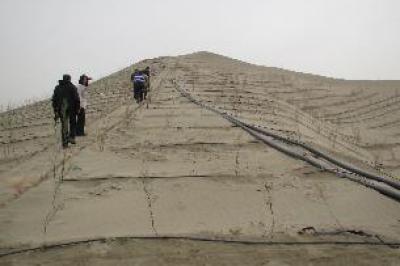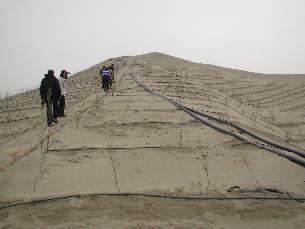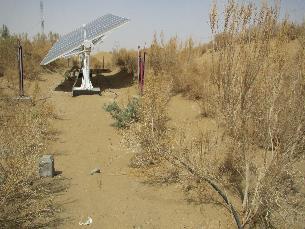 EbA South
EbA SouthThe benefits of EbA interventions involving the planting of tree seedlings tend to fully materialise long after the original donor-funded project has closed. This is because most tree species take several decades to mature. Policymakers and scientists requiring long-term socio-economic and ecological data on the EbA interventions consequently face a challenge of raising the funding to collect this data. The EbA South project managed this challenge by developing Memoranda of Understanding (MoUs) between government departments and national universities. These MoUs outlined the importance of long-term monitoring of the EbA interventions for decades to come and noted the commitment of the universities in principle to build this monitoring into their ecology curricula and field work. A pitfall of this approach is that it relies on one particular environmental department in one university to champion the research over decades. The research will cease if the departments for some reason opt to discontinue it, or if the turn-over amongst staff is too rapid to ensure the continuity of the research and to preserve the institutional memory of the project.
In retrospect, there were two other activities that should have been included into the workplan of the EbA South project for facilitating long-term research into the future. Firstly, partnerships or collaborations should have been sought with several universities and research organisations, such as the global Long-Term Ecological Research Network. Importantly, the baseline data collected by the project should have been archived in as many institutions as possible to ensure that the data is not accidentally removed from the universities’ IT systems in the future, and to ensure that the data is made available to the global research community. As the long-term research project matures and long-term data sets are developed it would be preferable to have one central online repository which can be openly accessed by the international research community. This would facilitate updating of the dataset and prevent outdated datasets from being utilized. But until that maturation of the long-term research project takes place, it’s arguably appropriate to have baseline data available across a wide range of platforms and institutions.
Secondly, the socio-economic and ecological data produced by the EbA South project, including EbA protocols and geographic location of the EbA interventions, should have been made available on a wide array of internet platforms and data repositories, and preferably published as supplementary information in peer-reviewed journals. This would enable any researcher in the future to relocate the EbA interventions and undertake research on the ecological goods and services emerging from the EbA investment. It’s preferable that the long-term research includes annual monitoring over decades, but there would still be considerable value gained from simply comparing baseline data with data collected several decades after the tree planting. In order for the global research community to be able to capitalise on this opportunity in the future, it’s critical that the baseline data is both accessible and housed safely for future generations of scientists. Given the likelihood of human error in managing data archives, of staff turnover, and of change in institutional mandates, this is easier said than done. For this reason, an EbA project should hedge its bets and spread its archived data as far and wide as possible.









